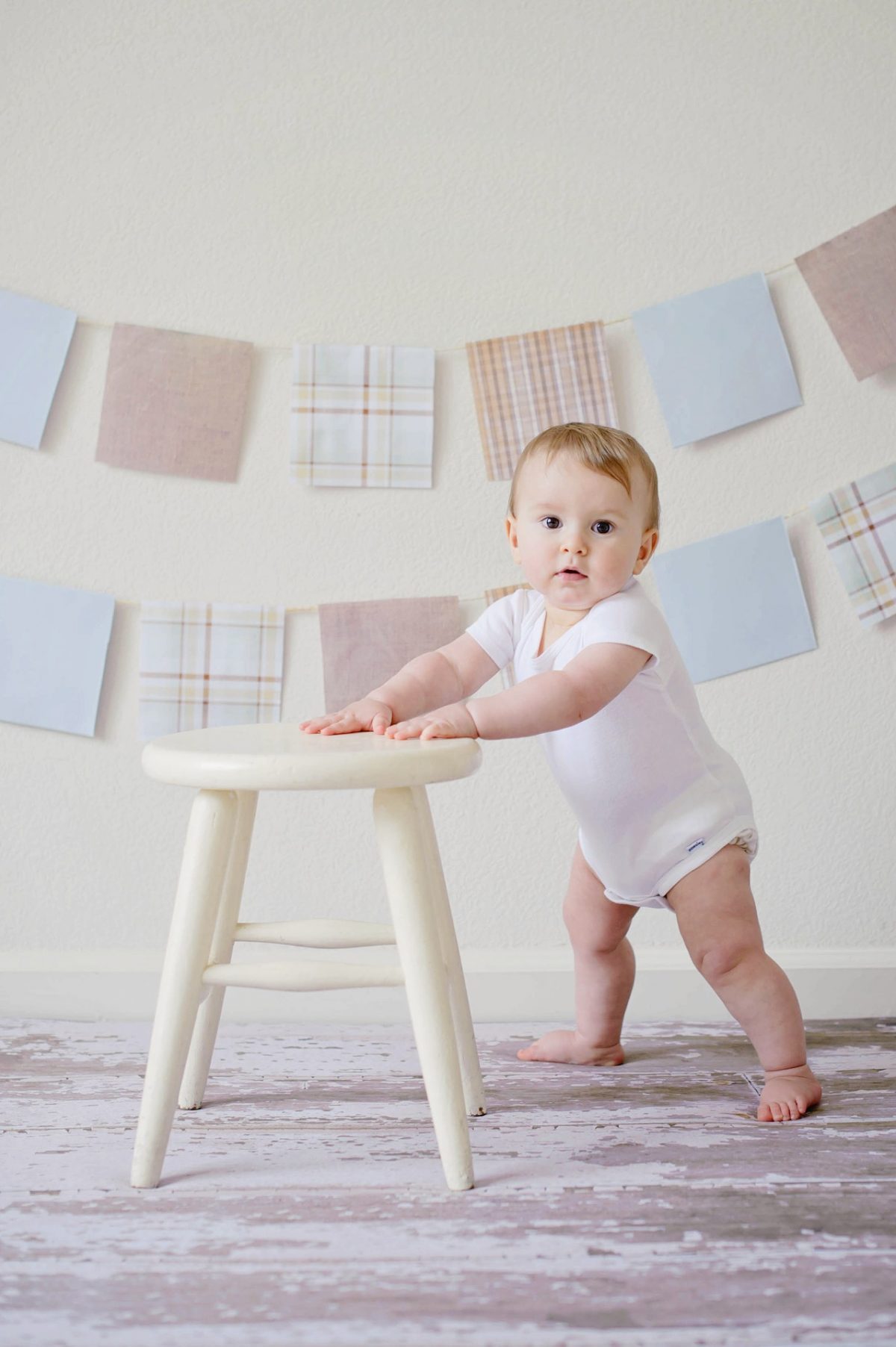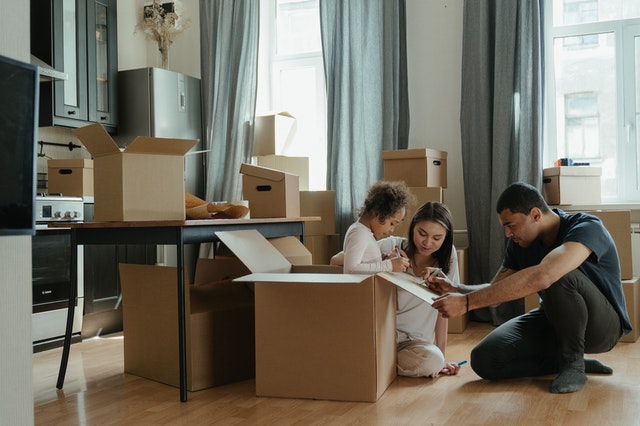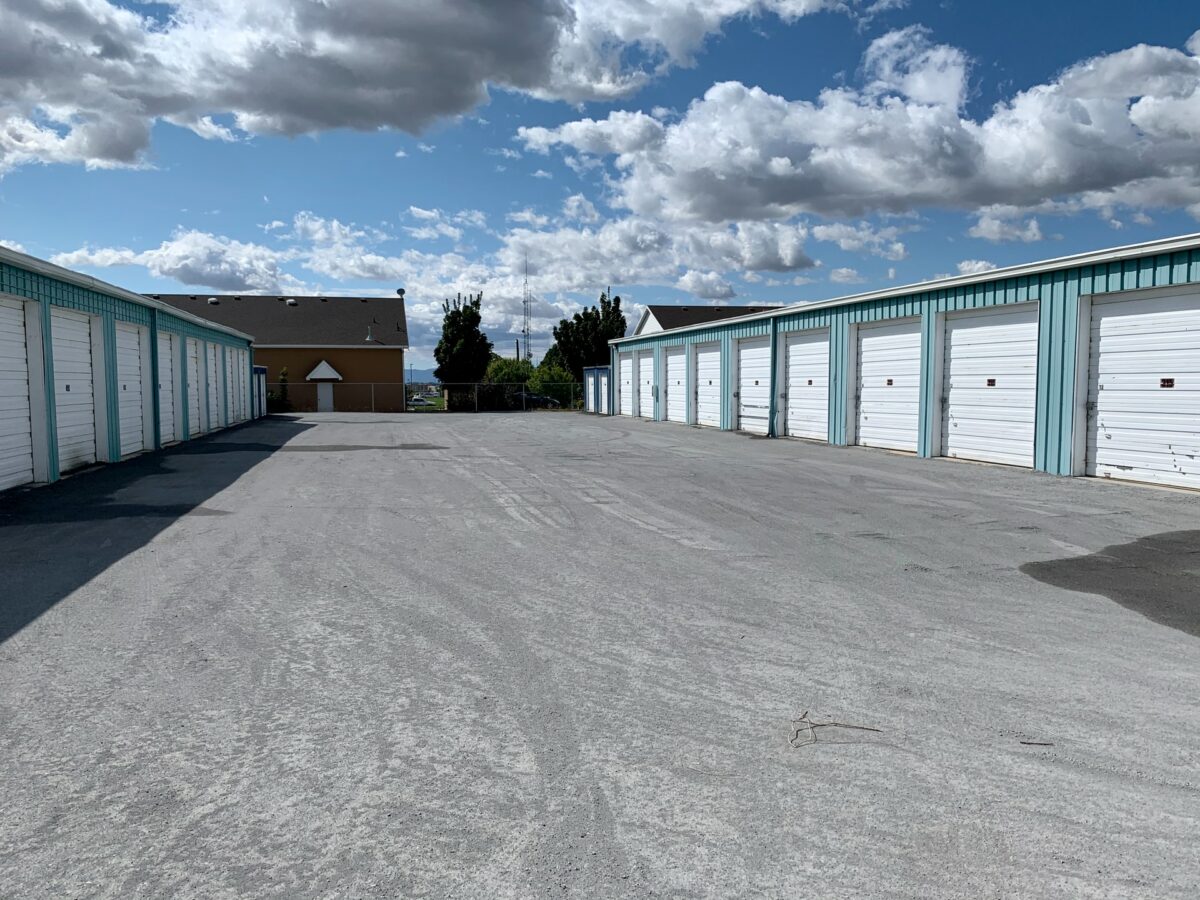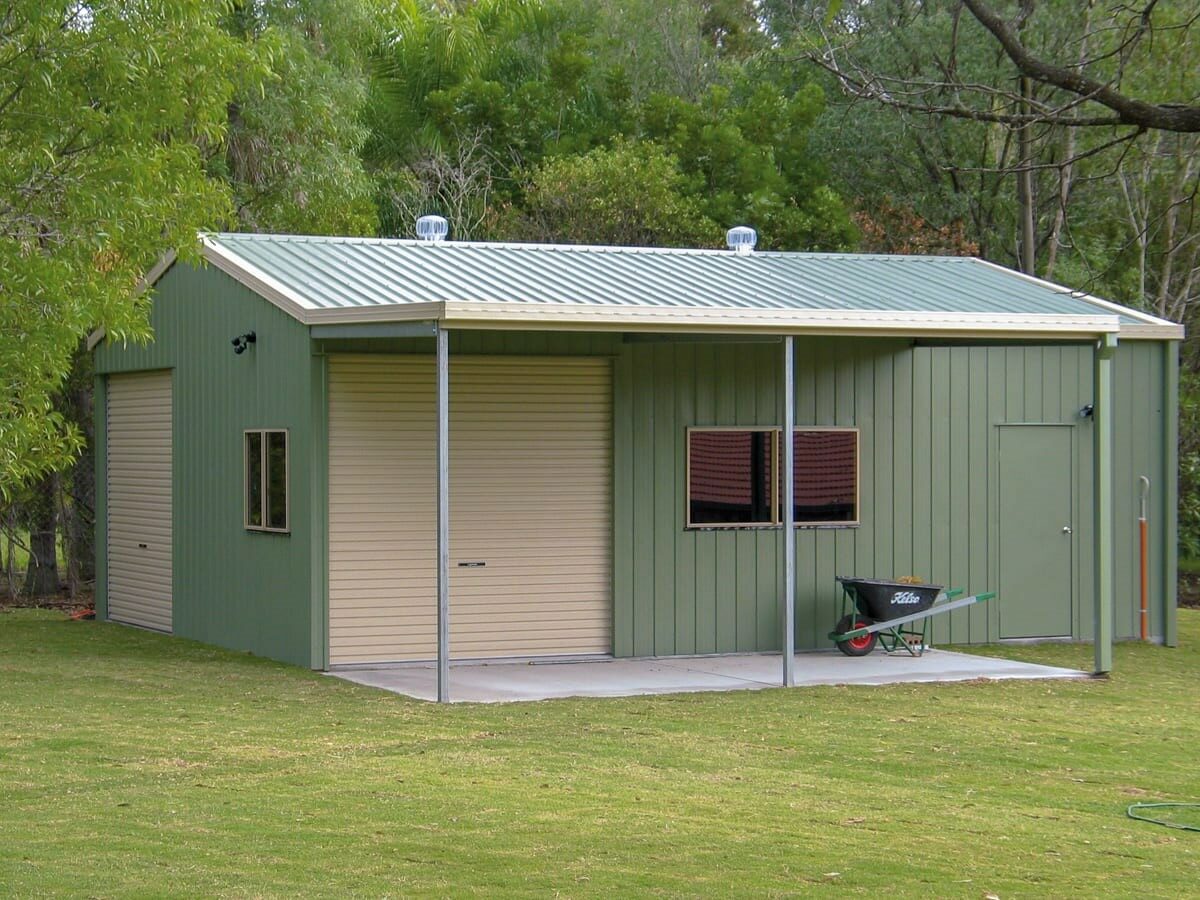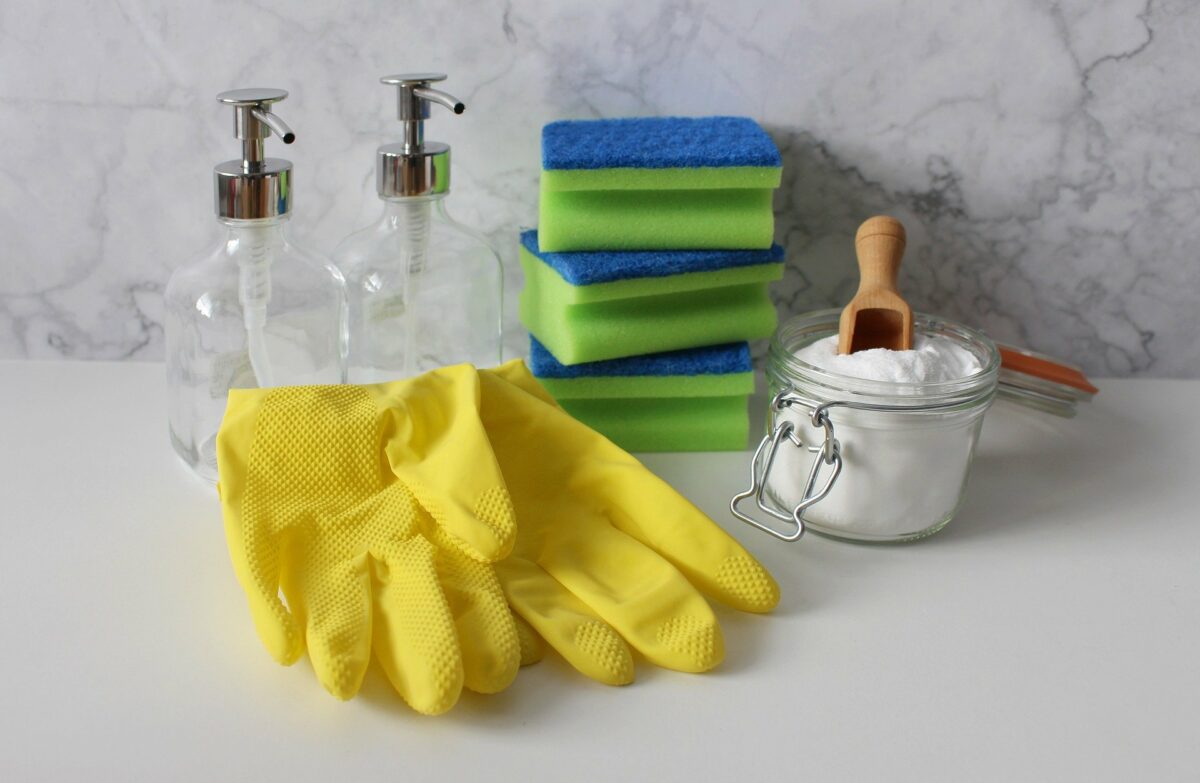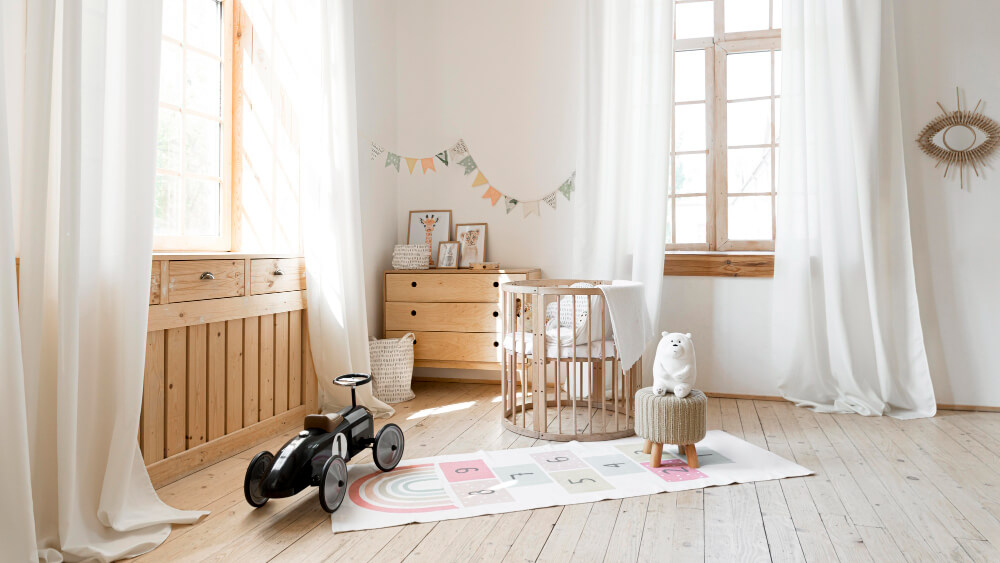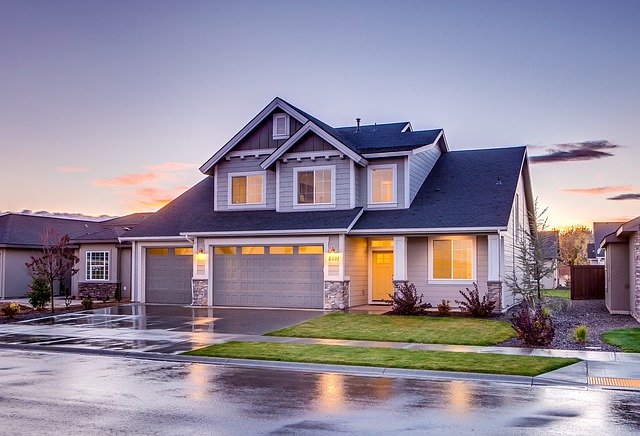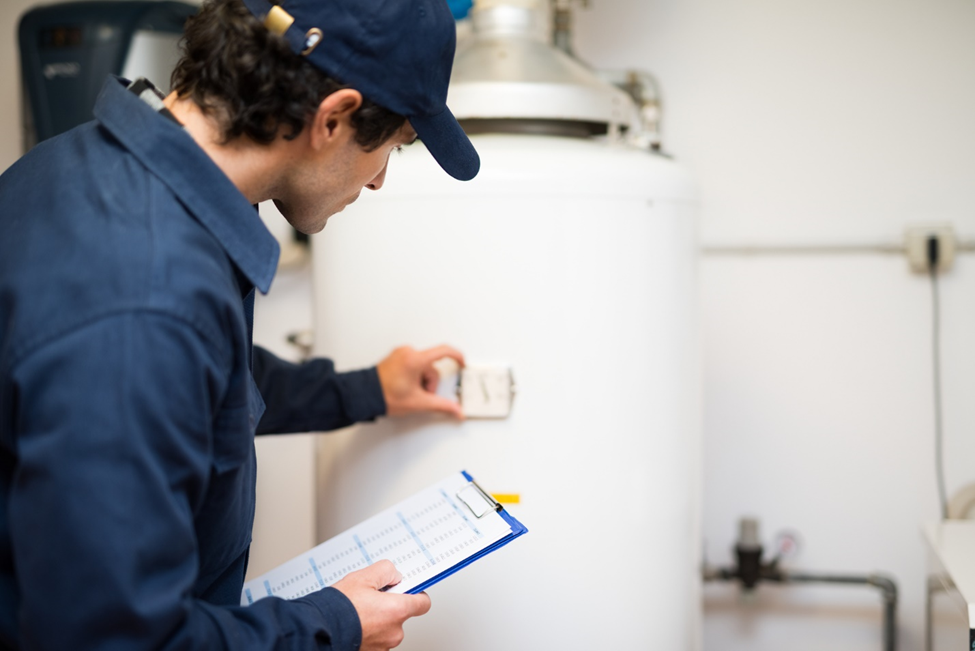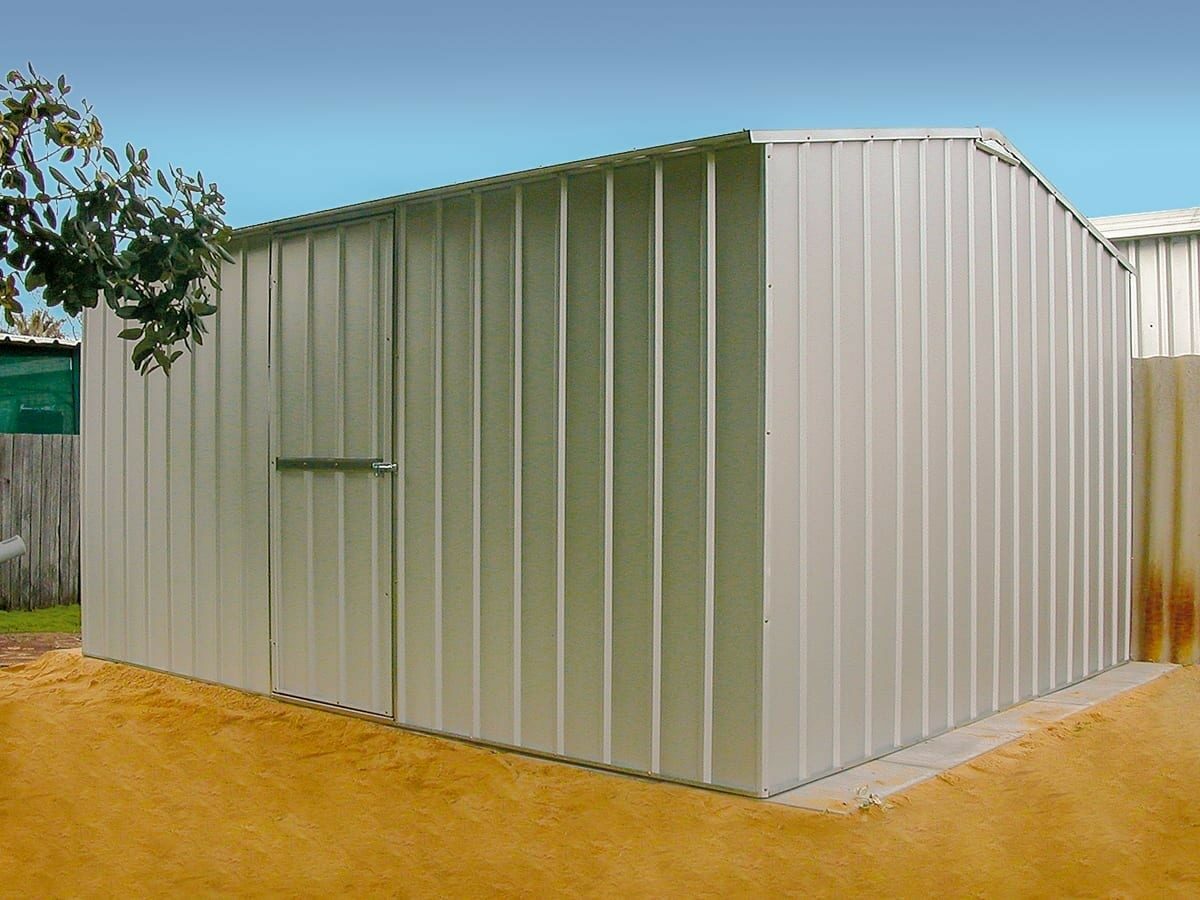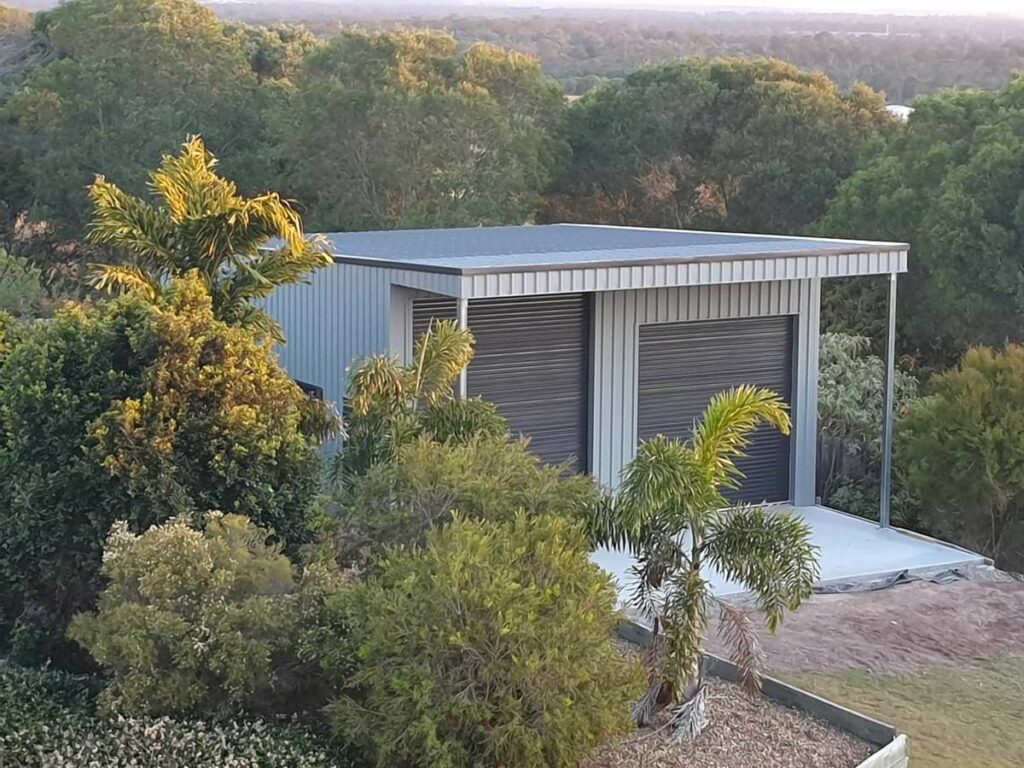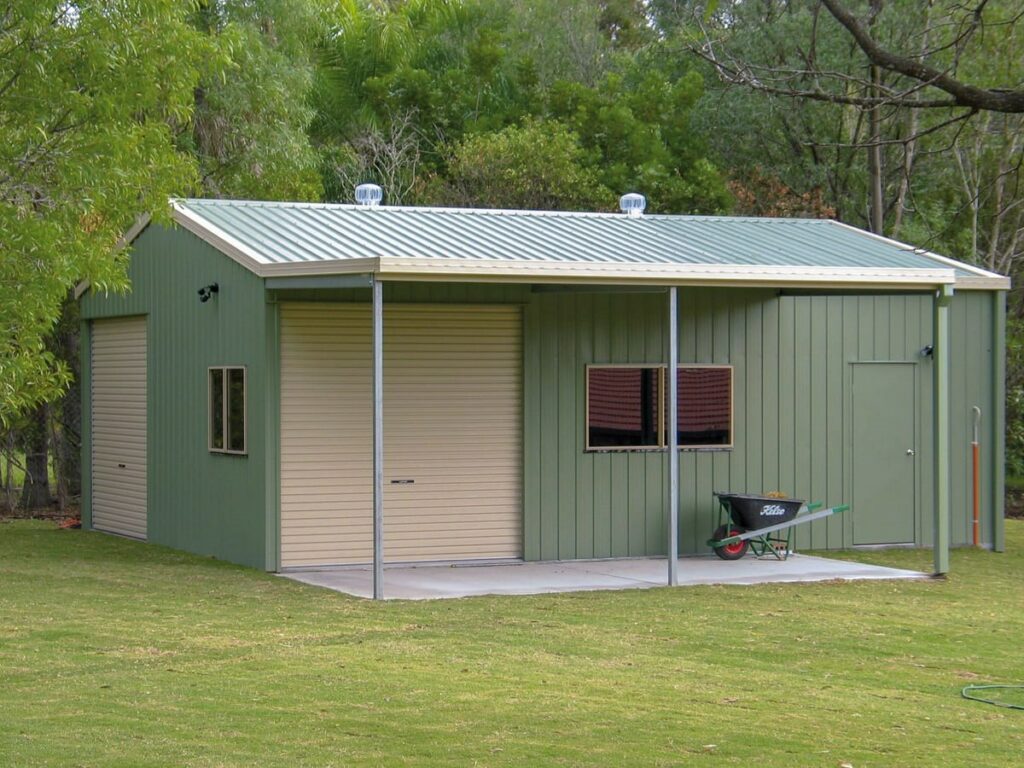Introduction:
Have you ever walked into your home and felt overwhelmed by the accumulated dust, grime, and clutter? Do you find yourself constantly battling against stubborn stains and hard-to-reach dirt? Are you yearning for a fresh start, a clean slate that allows you to breathe easier and enjoy your living space to the fullest? If you’ve answered yes to any of these questions, you’re not alone. Many homeowners struggle with maintaining a truly clean and organized home, especially when it comes to deep cleaning.
Deep cleaning goes beyond the regular sweep and mop routine. It’s a comprehensive approach to cleaning that targets often-neglected areas, eliminates hidden dirt and bacteria, and rejuvenates your living space from top to bottom. While the task may seem daunting at first, with the right guidance and techniques, you can transform your home into a sparkling oasis of cleanliness and comfort.
This ultimate guide to deep cleaning your home is designed to empower you with the knowledge, tools, and strategies needed to tackle even the most challenging cleaning tasks. From room-specific techniques to eco-friendly solutions, time-saving hacks, and professional insights, we’ll cover every aspect of deep cleaning to ensure you achieve outstanding results. Whether you’re preparing for a special occasion, embarking on a seasonal cleaning spree, or simply aiming to elevate your home’s cleanliness to new heights, this comprehensive guide will serve as your roadmap to a spotless and revitalized living space.
1. Preparing for Your Deep Clean
Before diving into the nitty-gritty of deep cleaning, it’s essential to lay the groundwork for success. Proper preparation can make the difference between a frustrating, time-consuming ordeal and a smooth, efficient cleaning process. The first step in your deep cleaning journey is to create a detailed cleaning schedule and checklist. This will help you break down the mammoth task into manageable chunks and ensure that no area is overlooked.
Start by walking through your home and noting all the areas that require attention. Be thorough and include often-forgotten spaces like the tops of doorframes, window tracks, and behind large furniture. Once you have a comprehensive list, prioritize tasks and allocate specific time slots for each area. This approach not only helps you stay organized but also provides a sense of accomplishment as you tick off completed tasks.
Next, gather all the essential cleaning supplies and tools you’ll need. This may include all-purpose cleaners, disinfectants, microfiber cloths, scrub brushes, a mop, vacuum cleaner, and any specialized cleaning products for specific surfaces in your home. Having everything on hand before you start will prevent interruptions and keep you focused on the task at hand. Additionally, consider investing in some high-quality, ergonomic cleaning tools to make your job easier and more comfortable, especially for tasks that require repetitive motions or reaching into awkward spaces.
2. Room-by-Room Deep Cleaning Techniques
When it comes to deep cleaning, a systematic approach is key. Tackling your home room by room allows you to focus your efforts and ensures that no area is left untouched. Let’s start with one of the most frequently used and often dirtiest spaces in any home: the kitchen.
In the kitchen, begin by addressing major appliances like the refrigerator, oven, and dishwasher. Empty out the refrigerator, dispose of expired items, and wipe down all surfaces, including the often-forgotten door seals. For the oven, use a specialized cleaner to remove baked-on grease and grime. Don’t forget to clean the oven racks and the area underneath the stovetop. The dishwasher can be cleaned by running an empty cycle with a cup of white vinegar placed on the top rack.
Next, turn your attention to the cabinets and pantry. Remove all items, wipe down shelves, and reorganize as you replace things. This is an excellent opportunity to declutter and donate any unused or unwanted items. Don’t neglect the hard-to-reach areas like the tops of cabinets and the space behind appliances. These areas can accumulate a surprising amount of dust and grease over time.
Finally, give the sink and countertops a thorough scrubbing, paying special attention to the areas around the faucet and drain. If you have a garbage disposal, clean it by grinding ice cubes and lemon peels to freshen and deodorize. Remember to also clean and sanitize your cutting boards, especially if they’re wooden, to prevent bacterial growth.
3. Tackling Floors and Carpets
Floors and carpets are the foundation of your home’s cleanliness, and they require special attention during a deep clean. Different flooring types demand different cleaning approaches, so it’s important to use the right techniques and products for each surface.
For hardwood floors, start by sweeping or vacuuming to remove loose dirt and debris. Then, use a damp (not wet) mop with a cleaning solution specifically designed for hardwood. Avoid using excess water, as it can damage the wood. For tile floors, a more vigorous approach can be taken. Use a strong cleaner and a scrub brush to get into the grout lines, where dirt and mold can accumulate. Laminate floors should be cleaned with a damp microfiber mop and a mild cleaning solution, avoiding excessive water which can seep into the seams and cause damage.
When it comes to carpets and rugs, regular vacuuming is essential, but deep cleaning goes a step further. Rent or invest in a carpet cleaning machine for a thorough clean that removes deep-seated dirt and allergens. Before using the machine, treat any visible stains with an appropriate stain remover. For best results, follow the carpet cleaning with a deodorizer to leave your carpets smelling fresh.
For stubborn stains on carpets or upholstery, create a paste using baking soda and water. Apply this to the stain, let it sit for a few hours or overnight, then vacuum it up. This method can be particularly effective for oil-based stains. Remember to always test any cleaning solution on an inconspicuous area first to ensure it doesn’t damage or discolor the fabric.
4. Windows and Walls
Clean windows and walls can dramatically improve the overall appearance and feel of your home. Start with the windows, as clean glass allows more natural light to enter, instantly brightening your space. For streak-free results, use a solution of equal parts white vinegar and water in a spray bottle. Wipe with a microfiber cloth or squeegee, and don’t forget to clean the window tracks and sills where dirt and dead insects often accumulate.
When cleaning walls, begin by dusting them with a microfiber mop or a long-handled duster to remove cobwebs and loose dirt. For painted walls, use a damp cloth or sponge with a mild detergent solution to gently clean without damaging the paint. Pay extra attention to high-touch areas like light switches and door handles, which may require a disinfectant.
Addressing scuff marks and stains on walls requires a bit more effort. For scuff marks, try using a magic eraser or a paste made from baking soda and water. For tougher stains, you may need to use a specialized wall cleaner. Always test any cleaning solution on a small, inconspicuous area first to ensure it doesn’t damage the paint or wallpaper.
Don’t forget about your window treatments. Blinds can be cleaned using a microfiber cloth or a specialty blind cleaner tool. For fabric curtains, check the care label – many can be machine washed on a gentle cycle. Drapes may require professional cleaning, especially if they’re lined or made of delicate fabrics.
5. Outdoor Cleaning
While often overlooked, the exterior of your home is an important part of a comprehensive deep clean. Start with pressure washing exterior surfaces like siding, decks, and driveways. This can remove years of built-up dirt, mildew, and grime, dramatically improving your home’s curb appeal. If you don’t own a pressure washer, they can be rented from most home improvement stores.
Cleaning gutters and downspouts is crucial for preventing water damage to your home. Remove debris by hand or with a small garden trowel, then flush the gutters with water to ensure proper drainage. If you’re not comfortable working on a ladder, consider hiring a professional for this task.
Don’t neglect your outdoor living spaces. Clean patio furniture with a solution appropriate for the material – mild soap and water work well for most surfaces. For wooden furniture, consider applying a new coat of weather-resistant sealant after cleaning. If you have a BBQ grill, give it a thorough cleaning, including the grates, burners, and drip pans. This not only improves its appearance but also ensures it’s hygienic and functioning efficiently.
6. Eco-Friendly Cleaning Solutions
In recent years, there’s been a growing trend towards eco-friendly cleaning solutions, and for good reason. These products are not only better for the environment but also safer for your family and pets. Many effective cleaning solutions can be made from common household items, saving you money and reducing your reliance on harsh chemicals.
One versatile DIY cleaner can be made by mixing equal parts white vinegar and water in a spray bottle. This solution is effective for cleaning windows, countertops, and even as a fabric softener in your laundry. For tougher jobs, create a paste using baking soda and water. This can be used to scrub sinks, tubs, and even to remove stains from carpets and upholstery.
Using eco-friendly products and methods not only reduces your environmental impact but can also improve indoor air quality. Many conventional cleaning products release volatile organic compounds (VOCs) that can irritate eyes and lungs. By switching to natural alternatives, you’re creating a healthier home environment.
When deep cleaning, also consider ways to reduce waste. Use reusable microfiber cloths instead of paper towels, and opt for refillable cleaning product containers when possible. These small changes can significantly reduce the amount of waste generated during your cleaning process.
Conclusion:
Deep cleaning your home is no small task, but the rewards are well worth the effort. A thoroughly clean home not only looks and smells better but also provides a healthier environment for you and your family. By following the strategies outlined in this guide, you can transform your living space from top to bottom, creating a fresh, inviting atmosphere that you’ll love coming home to.
Remember, the key to maintaining a clean home is consistency. While deep cleaning might only be necessary a few times a year, incorporating some of these techniques into your regular cleaning routine can help keep your home in top shape year-round. Consider creating a rotating schedule for tackling different deep cleaning tasks throughout the year to make the process more manageable.
Don’t be afraid to enlist help from family members or even consider hiring professionals for particularly challenging tasks. The goal is to create a clean, comfortable living space without overwhelming yourself in the process. With patience, persistence, and the right techniques, you can achieve and maintain the spotless home you’ve always dreamed of. Happy cleaning!

